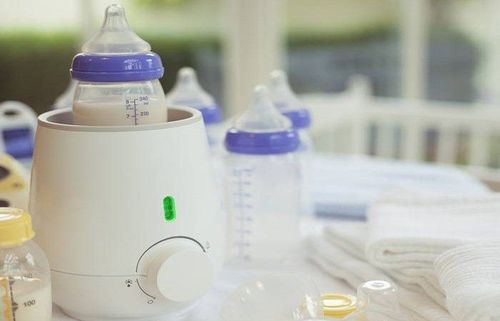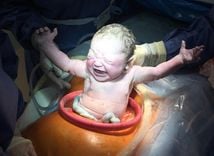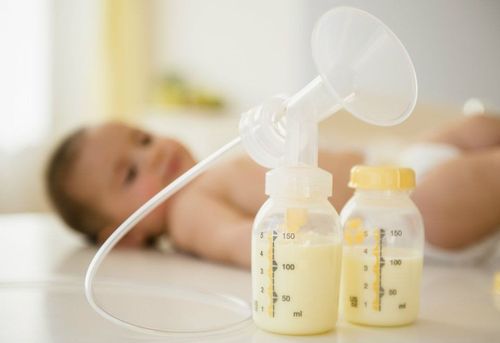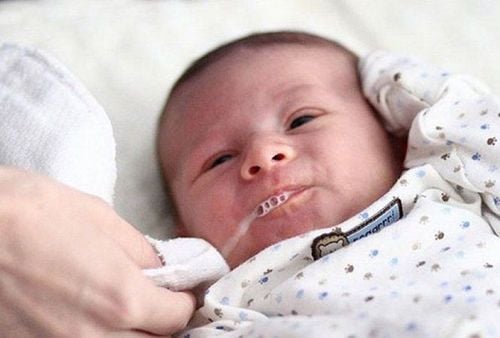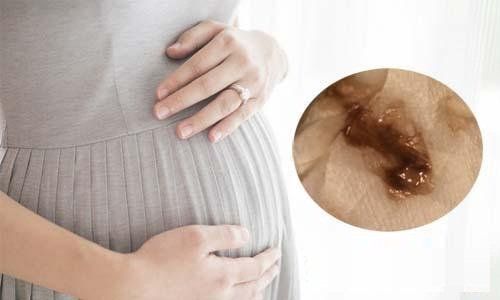Breast milk is the most nutritious food for infants, particularly those under one year of age. Mothers should learn the correct methods for thawing and warming breast milk to preserve its nutritional benefits.
1. Warming breast milk
Breast milk should be heated to approximately 40°C to maintain its vital nutrients. Thus, mothers are advised not to use excessively hot water for warming.
Sterilizing breast milk for storage is highly important, but ensuring it is warmed correctly to retain its full nutritional value for the baby is even more critical. However, there are two major misconceptions that many mothers often encounter:
1.1 Nutritional Loss in Heated Breast Milk
- In fact, nutrient loss occurs only when breast milk is warmed improperly. Research has shown that vitamins and antibodies in breast milk degrade when exposed to excessive heat or vigorous shaking.
- Various methods, such as microwaving, using hot water, or a bottle warmer, can be employed to heat breast milk. However, it is crucial for mothers to monitor both the duration and temperature of the warming process to ensure the preservation of the milk's nutritional content.
- Among various methods, using a bottle warmer is the most favored by mothers, as it is recognized for effectively preserving the milk's nutritional value. This method offers precise control over both heating time and temperature, ensuring that the milk's quality remains intact.
1.2 Warming and Cooling Breast Milk to 37°C: A Safe and Effective Method for Feeding
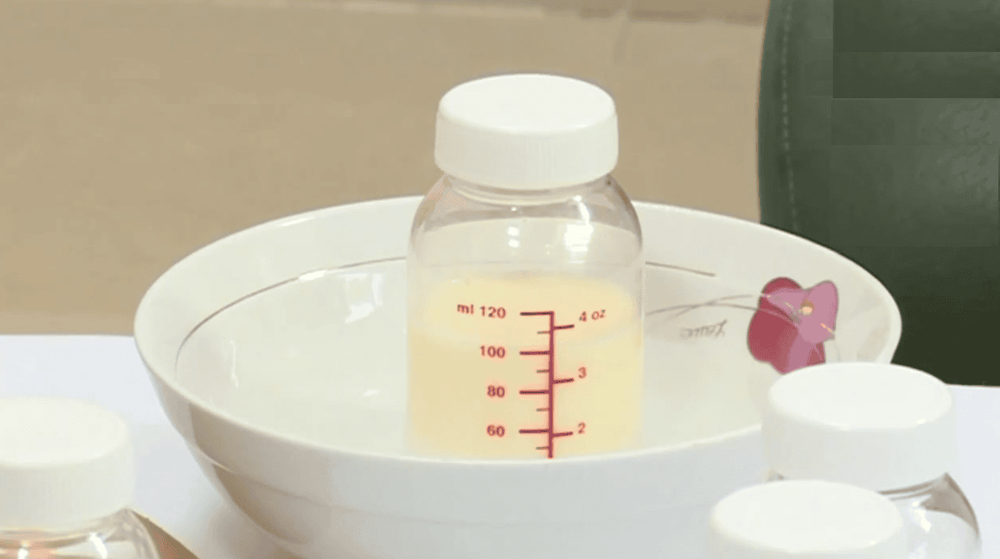
To expedite the thawing process, many mothers resort to using a microwave or placing the milk in boiling water. However, these practices can rapidly overheat the milk, causing a significant loss of vital vitamins and antibodies, leading to the loss of valuable nutrients in the breast milk.
To thaw breast milk , mothers should move breast milk from the freezer to the refrigerator the night before use. This process can take anywhere between 8 to 24 hours, making overnight thawing the most practical approach.
Warming breast milk might seem straightforward, but many mothers struggle to determine whether they are doing it correctly. There are three key principles to follow when heating breast milk for your baby:
- Do not heat the milk for too long at high temperatures.
- Breast milk should be kept at around 40°C.
- Use the milk within 1 hour of warming.
- Never reheat breast milk.
2. How long can breast milk be stored in a bottle warmer?
Bacteria can survive at both high and low temperatures, but they grow and proliferate most effectively in warm, humid environments, particularly those rich in protein. Storing breast milk in a bottle warmer for an extended period can lead to spoilage. For this reason, manufacturers recommend that breast milk should not be kept in the warmer for more than one hour.
3. Does freshly expressed breast milk need to be warmed?
Experts advise that freshly expressed breast milk should not be left at room temperature for more than 4 hours; in warmer conditions, it should be used within 1 hour.
If the baby is going to feed right away, there is no need to warm the milk. However, if the milk is not used immediately, it should be stored in the refrigerator. When warming the milk for the baby, mothers should transfer only the amount needed into a separate bottle.
4. Is it safe to reheat breast milk multiple times?
Nutrition experts advise that freshly expressed breast milk may be safely stored at room temperature for a maximum of 4 hours. However, once breast milk has been frozen and subsequently reheated, it should be used within 1 hour. Any remaining milk that has been reheated and not consumed by the infant should not be saved for future use. It is strongly recommended to discard any leftover milk, as repeated reheating can encourage bacterial growth, posing potential health risks and compromising the baby’s overall development.
For breast milk that has been frozen, it should be thawed in the refrigerator before being warmed. It is crucial not to offer milk that has been left unused for more than one hour, as this can significantly increase the risk of gastrointestinal discomfort, digestive disturbances, and diarrhea in the baby.
Mothers should remember that breast milk should only be reheated once after thawing. Repeated reheating should be avoided to ensure that the nutrients, vitamins, and antibodies remain intact, and to prevent the growth of harmful bacteria that could contaminate the milk.
Breast milk is the best source of nutrition for your baby. After thawing, it should only be reheated once. Repeated reheating should be avoided to ensure that the milk retains its full nutritional value, providing a long-lasting, nutritious source of nourishment for your baby.
For more knowledge on child nutrition and age-appropriate care, parents are advised to regularly visit vinmec.com and consult with pediatricians and nutrition specialists at Vinmec International General Hospital for professional guidance on their child's health.
